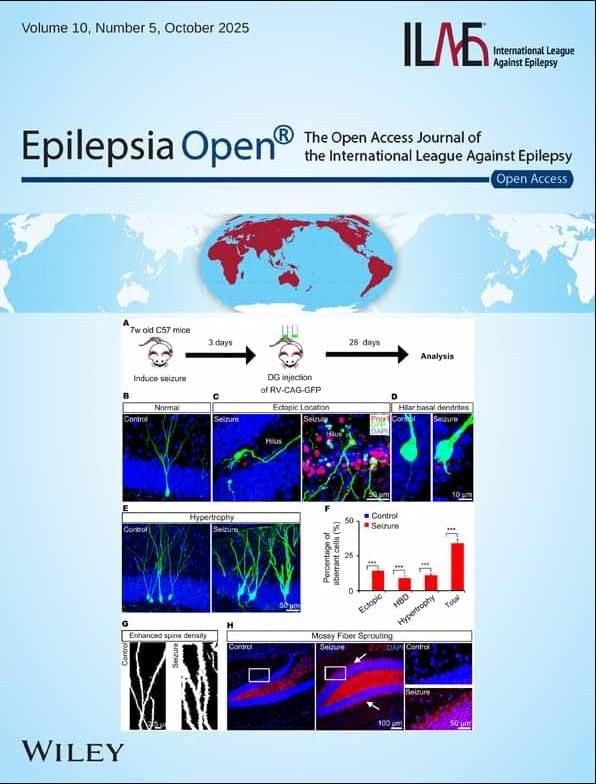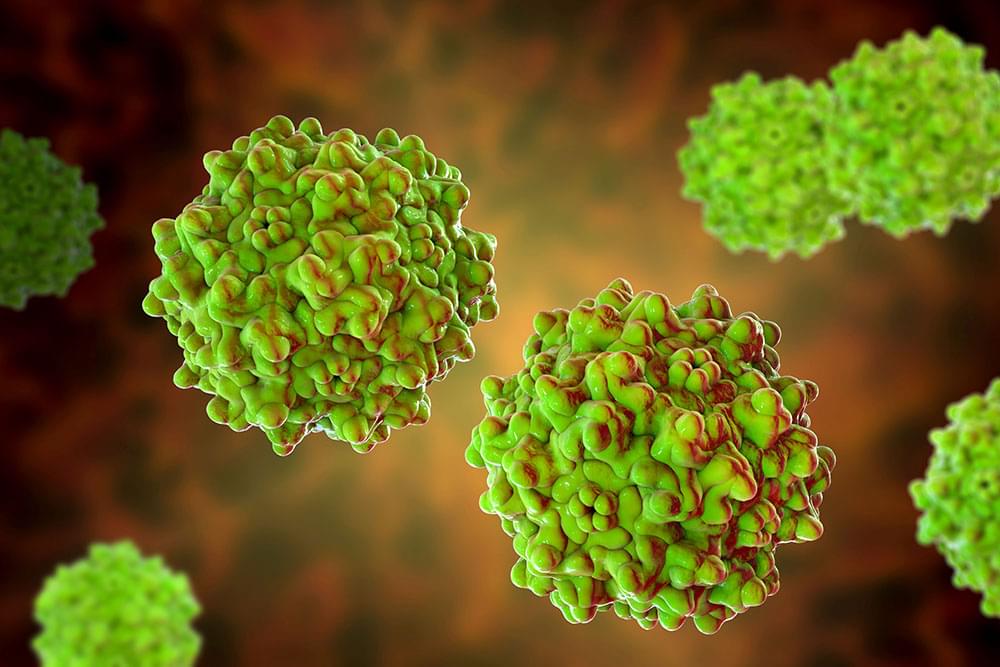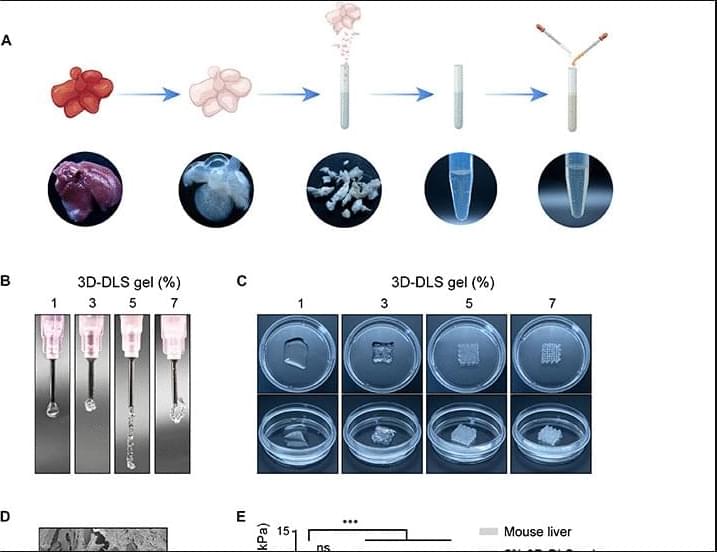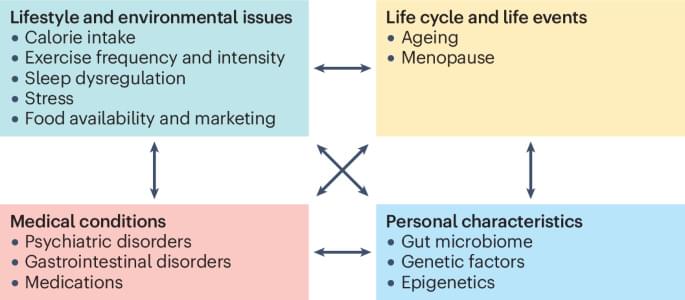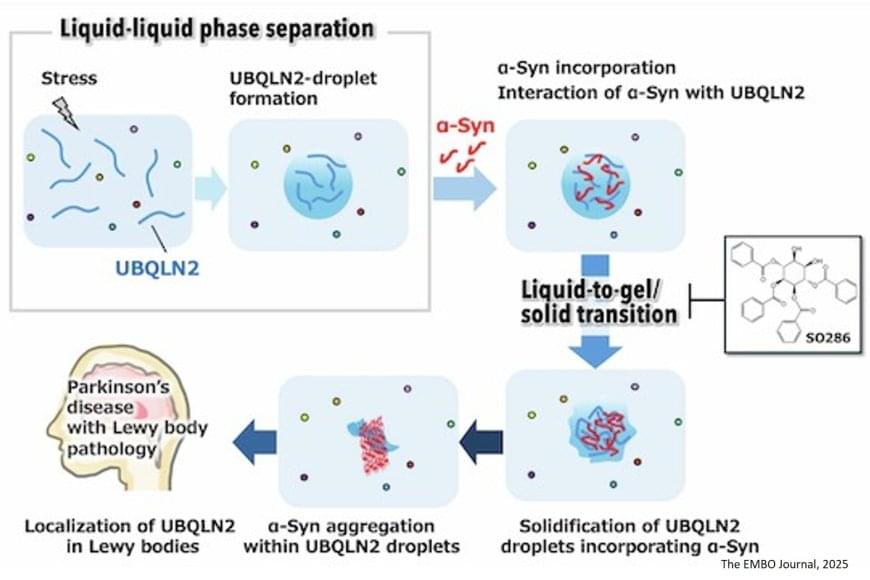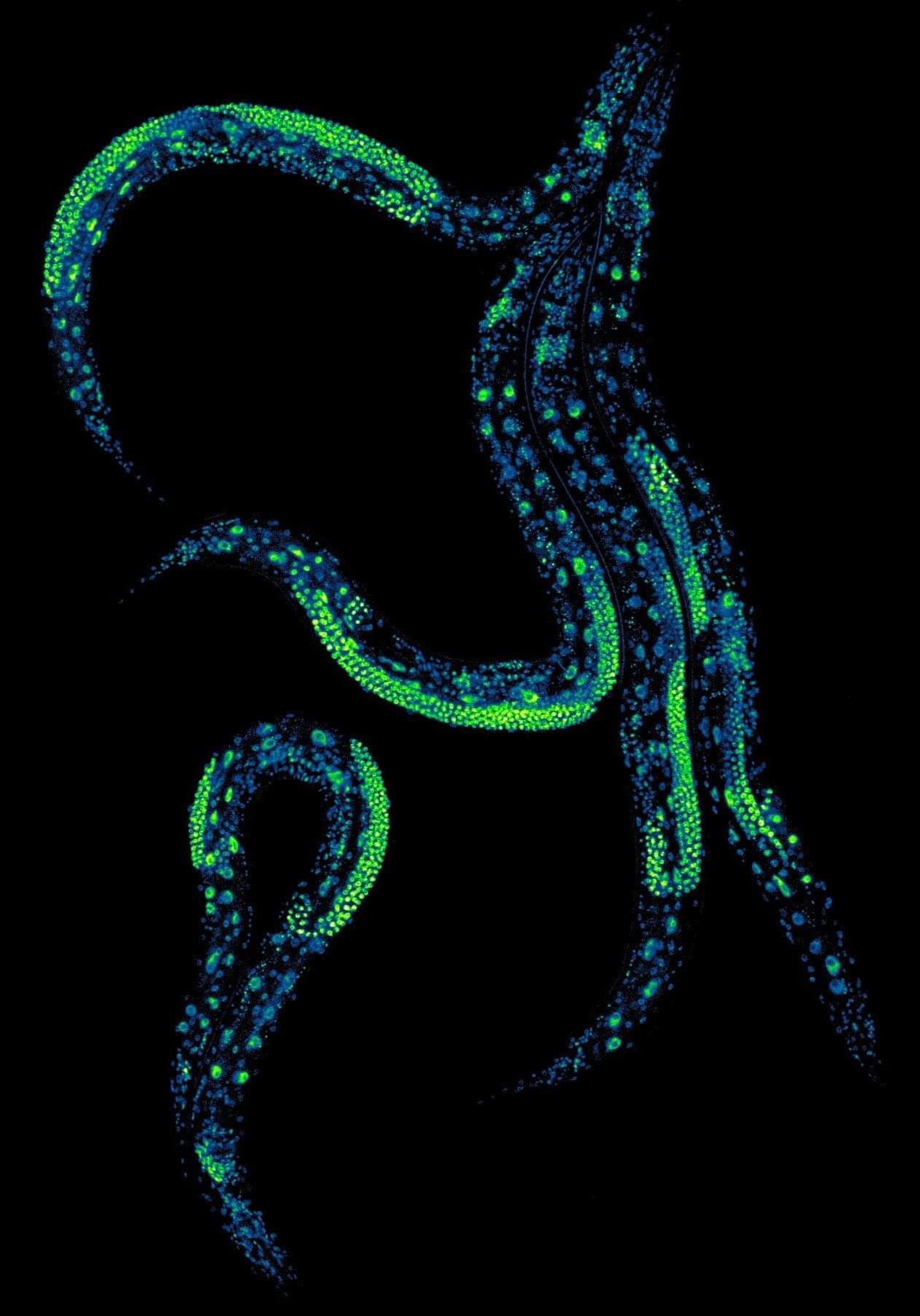Scientists at the University College London (UCL) have developed a novel therapy that helps treat patients with T cell acute lymphoblastic leukemia (T-ALL). This form of therapy used genome editing tools to modify immune cells and boost immune system response. T-ALL is a rare and aggressive blood cancer that affects specialized immune cells, known as T cells. This immune subset is responsible for identifying and targeting foreign pathogens. Unfortunately, in T-ALL, genetic mutations prevent T cells from maturing and properly functioning.
The world’s first gene therapy (BE-CAR7) uses base-editing, which can specifically change a single base in a cell’s DNA. BE-CAR7 was the first therapy to treat T-ALL in both children and adults. In 2022, a 13-year old girl was given BE-CAR7 followed by another eight children and two adults undergoing the same treatment. The following results from these patients were published in the New England Journal of Medicine (NEJM), by Dr. Waseem Qasim and others. Qasim is a Professor of Cell and Gene Therapy in the Department of Infection, Immunity, and Inflammation at the UCL. His work focuses on pediatric oncology with a focus in gene therapy. Qasim’s work has long involved treatment of T-ALL and improving therapies for children with leukemia.
Qasim and his team reported that 82% of patients receiving BE-CAR7 achieved remission, which allowed them to undergo stem cell transplant without disease. Treatment was accompanied by tolerable side effects, including low blood counts, cytokine release syndrome, and rashes. Additionally, 64% of patients remained disease-free even after three years. These remarkable results indicate the strong impact gene therapy has on T-ALL.


